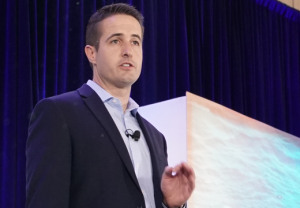
Seafood tracking companies unite to simplify data sharing, improve seafood traceability standards
Seafood traceability solutions providers Trace Register and Wholechain have connected their two tracking systems.
Climate change dictates how oyster farmers operate. To handle heavy rainstorms, Bill Mook's latest adaptation includes underground water tanks.

Seafood traceability solutions providers Trace Register and Wholechain have connected their two tracking systems.
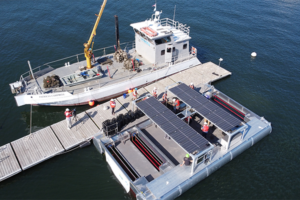
A prototype of Solar Oysters' solar-powered oyster production system will operate on Hoopers Island Oyster Company’s lease in 2024.
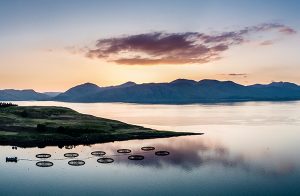
Can a new consenting process for Scottish salmon farms lead to efficiencies and improved community engagement?
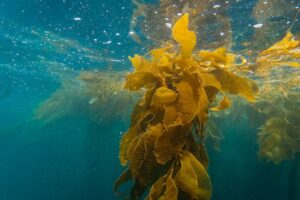
A new global research project leverages environmental DNA to better measure and understand the carbon sequestration potential of kelp.

With "careful consideration," policies can enhance benefits and minimize conflict between aquaculture and small-scale fisheries.
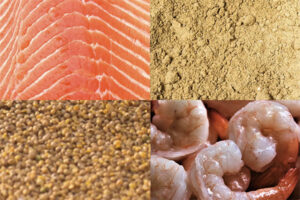
Rabobank analysts predict better supply for salmon aquaculture and fishmeal in 2024, but low market prices for shrimp may become “the new normal.”
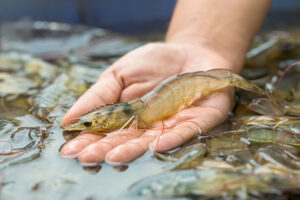
Genics has launched Shrimp MultiPath2.0, a technology that can detect 18 shrimp diseases and identify genetic variations in a single test.
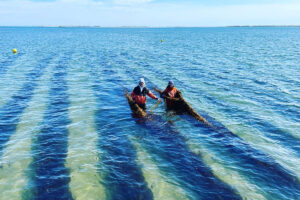
Former professional basketball player Sue Wicks launches New York’s first commercial kelp farm, spearheading a growing industry for the state.
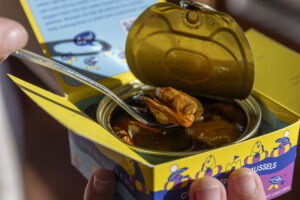
Tinned fish is a growing food trend in the U.S. market, and more companies are creating products using locally sourced seafood.
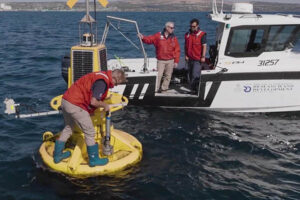
CSIRO’s AquaWatch technology "significantly" helped water quality monitoring needed to support aquaculture growth in the Spencer Gulf region.
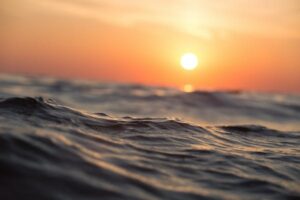
A new study has found that the ocean can store about 20 percent more carbon dioxide from the air than scientists previously estimated.
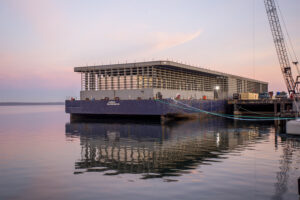
Northline Seafood and Circle Seafoods each aim to increase efficiencies, lower costs and improve market quality by freezing fish at sea.

A new report outlines effective marketing strategies for successfully promoting global shrimp consumption.
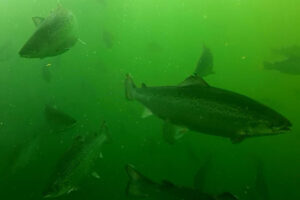
Researchers conclude that farmed salmon biomass does not impact the abundance of harmful algal blooms in Scottish waters.
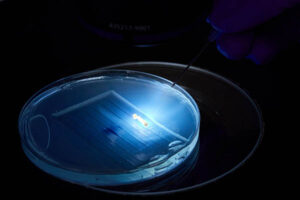
Innovative CRISPR gene editing technology tailored for aquaculture improves safety and unimpeded legal accessibility compared to CRISPR-Cas9.